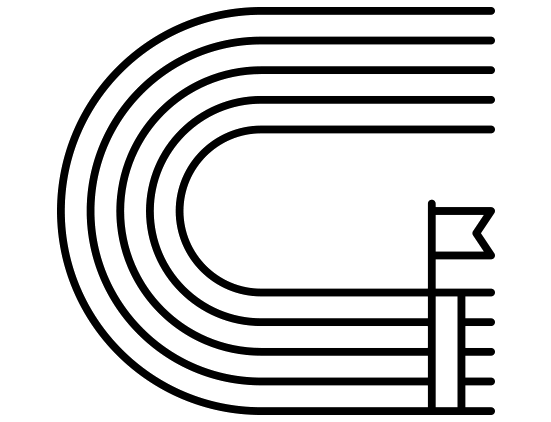 Land and Aerial Photogrammetry
Land and Aerial Photogrammetry
Land photogrammetry involves the use of ground-based cameras to capture overlapping photographs of an area of interest from different angles. These photographs are then processed using specialized software to create highly accurate three-dimensional models of the terrain, buildings, and other features present in the images. Land photogrammetry is widely used in fields such as surveying, urban planning, and archaeology, where precise measurements and detailed visual representations are required.
On the other hand, aerial photogrammetry utilizes airborne platforms, such as airplanes, drones, or satellites, to capture photographs of large areas from above. Aerial photography can cover vast landscapes and provide a bird’s-eye view, making it ideal for mapping purposes. By capturing overlapping images, aerial photogrammetry enables the creation of high-resolution orthophotos, digital surface models (DSMs), and digital terrain models (DTMs). These data products are essential for applications like topographic mapping, environmental monitoring, and infrastructure planning.
Both land and aerial photogrammetry rely on the principle of triangulation, where the position and orientation of the camera or sensor are determined based on the overlapping features visible in multiple images. This information is used to calculate the three-dimensional coordinates of points on the ground or objects in the scene. The accuracy of the photogrammetric results depends on various factors, including the quality of the imagery, the calibration of the camera or sensor, the ground control points used for georeferencing, and the processing techniques applied.
 Other Services
Other Services

LAND CONSOLIDATION
Land consolidation is a process carried out in the public interest to spatially and functionally organize land parcels, consolidate or divide them, and ensure accessibility and utilization of land while aligning their boundaries. The objective is to create conditions for the rational management of landowners.





